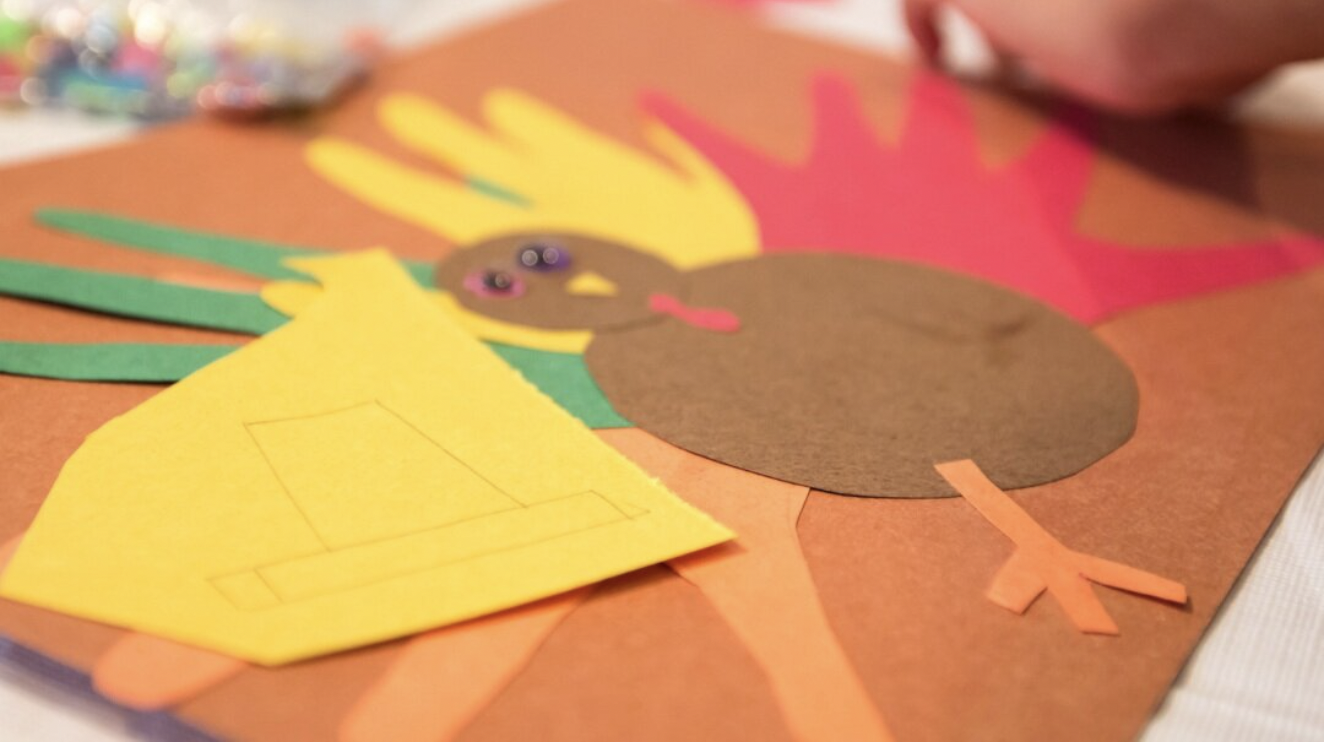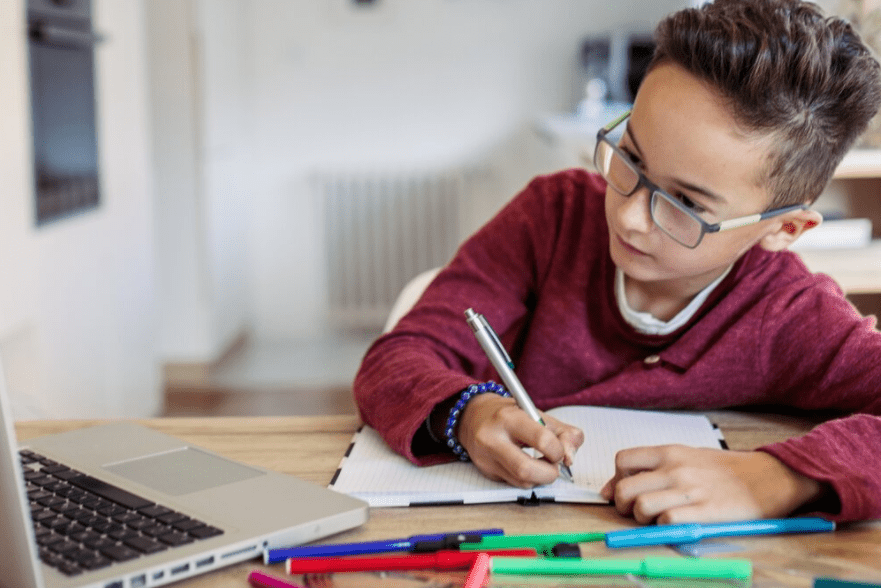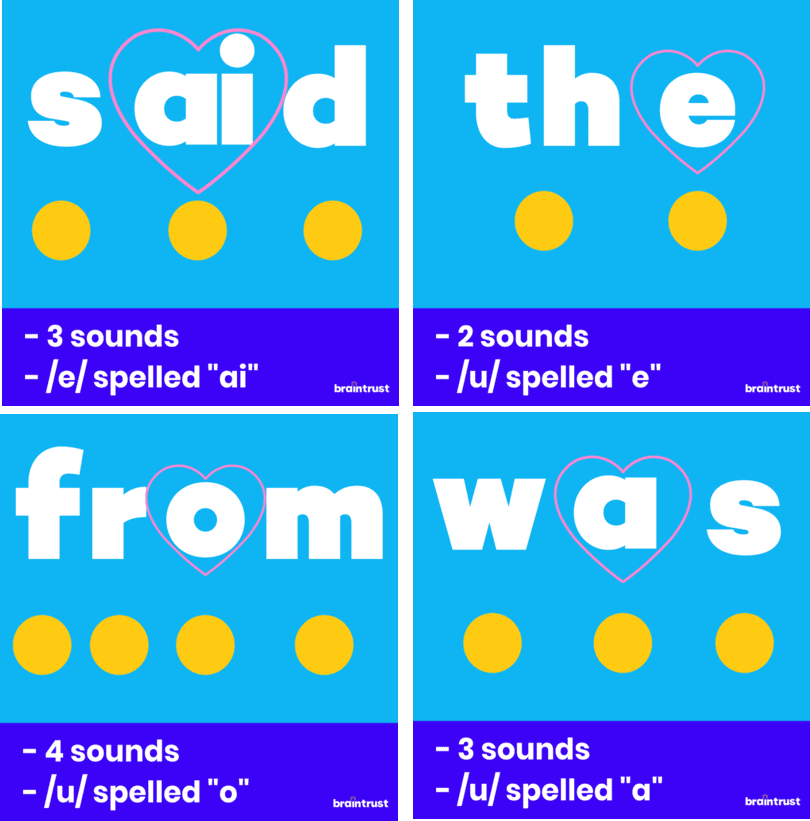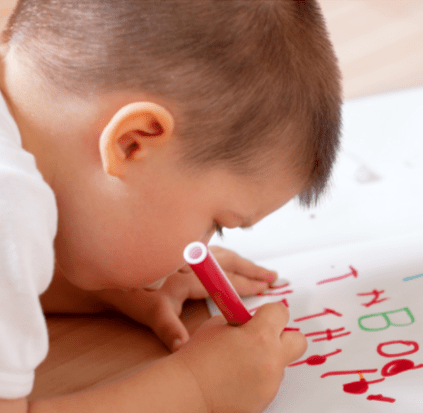
There’s no doubt that hearts melt at hand print turkeys that say “I’m thankful for my family.” Teaching gratitude is important, so why not make it cute? But as common (and adorable) as these activities are, it’s important to consider the “why.” Classroom activities should always be rooted in an academic purpose, no matter the time of year. But this school year, with all its barriers, it is especially crucial that teachers are extra thoughtful about what students are doing during each moment of precious instructional time. There is a place for hand print turkeys and pilgrim hats, as long as the “why” is addressed.
Art Meets Rigor
It’s not necessary to avoid traditional Thanksgiving activities altogether. Yes, by making decorative holiday crafts, children are practicing their fine motor skills. And writing what they are grateful for gives them practice with crafting sentences, and addresses social-emotional learning. But why have students practice these things specifically at Thanksgiving? Chances are, if you asked any Elementary student why they were writing “thankfuls,” they’d give you some pretty surface answers. It’s one thing to address motor skills and sentence structure, but truly good instruction also considers the purpose. And being purposeful about what students are learning takes thoughtful planning.
Students can still enjoy the fun and exciting activities they expect at this time of year, while also getting opportunities for rigorous learning. It just takes a little creativity. Here are some ideas to try, whether you’re in the classroom or helping to teach your own child at home:
Read-Alouds
Introduce those hand print turkeys with a read-aloud that gives some context. Do your students know that turkey wasn’t even served at the first Thanksgiving meal? Do they know how and why turkey became the staple of the Thanksgiving feast? Before they turn their fingers into feathers, give them a little context for the activity. Books like this one give historical facts in a way that’s engaging for kids.
Character Study
If you’re going to have students create a pilgrim hat, have them create a whole persona, too. After students learn about what life was like for pilgrims, the paper pilgrim hat becomes a much more meaningful project. The hat could feature an “All About Me” page for their pilgrim, a “day in the life” schedule, or even a journal entry. The possibilities are endless!
In the Kitchen
Bring Thanksgiving into the kitchen (safely). Show students a list of items that were present at the first Thanksgiving feast, and compare them to the items they typically see at their Thanksgiving table. Have them research why new foods have shown up, and why other foods are no longer popular. Students can then vote on a recipe to “cook” using these pandemic-friendly tips.
Show All Sides
It’s important for students to eventually learn that Thanksgiving wasn’t a time of joyful celebration for everyone, especially Native Americans. In order to be objective in lessons, teachers should always present opposing views and the reasons for those views. Students could choose or be assigned a side and make an argument for their view, either in writing or with classmates. Plus, classroom activities like this are excellent ways to give students practice in critical thinking.




